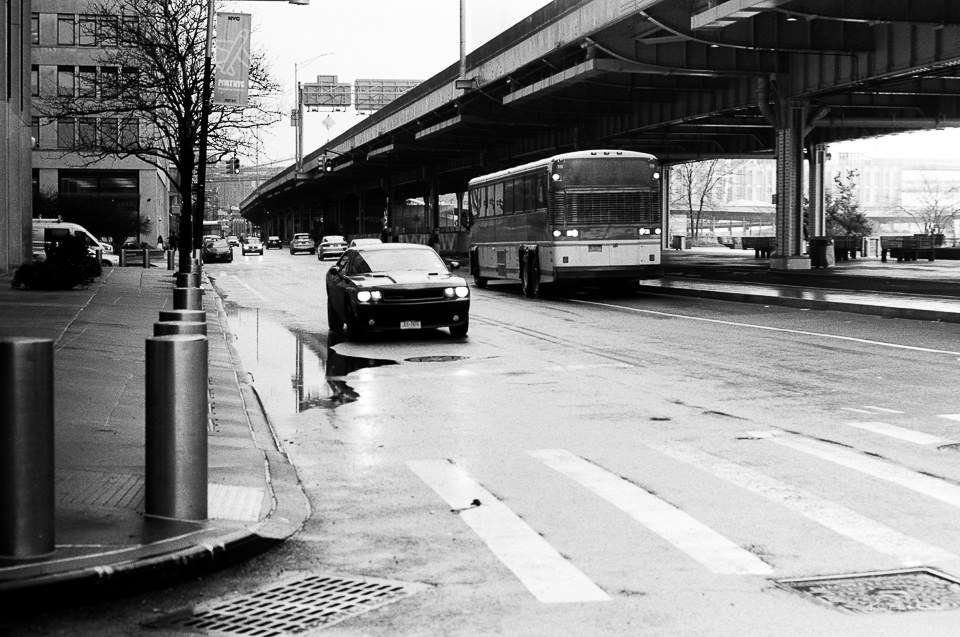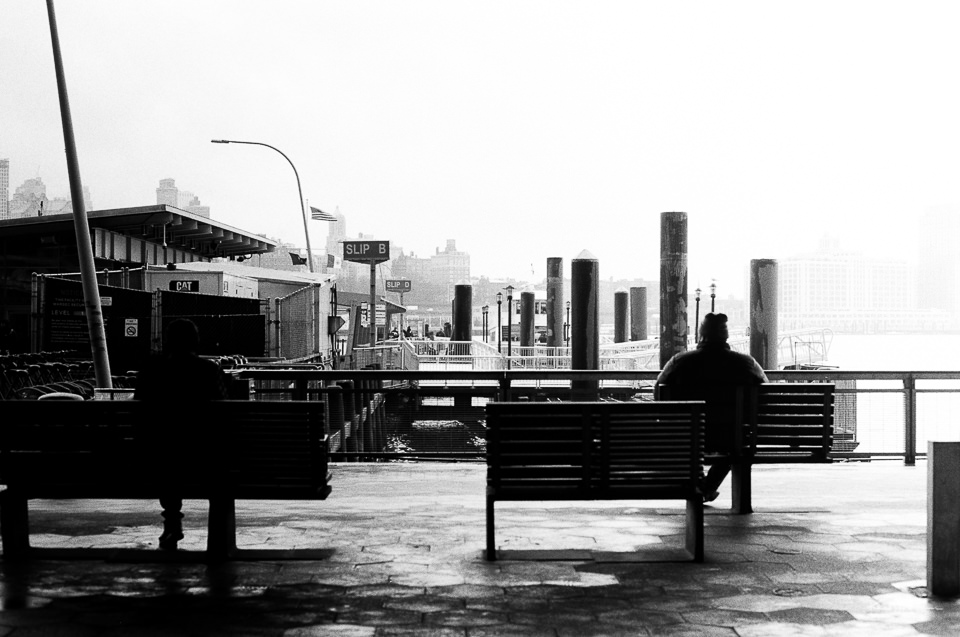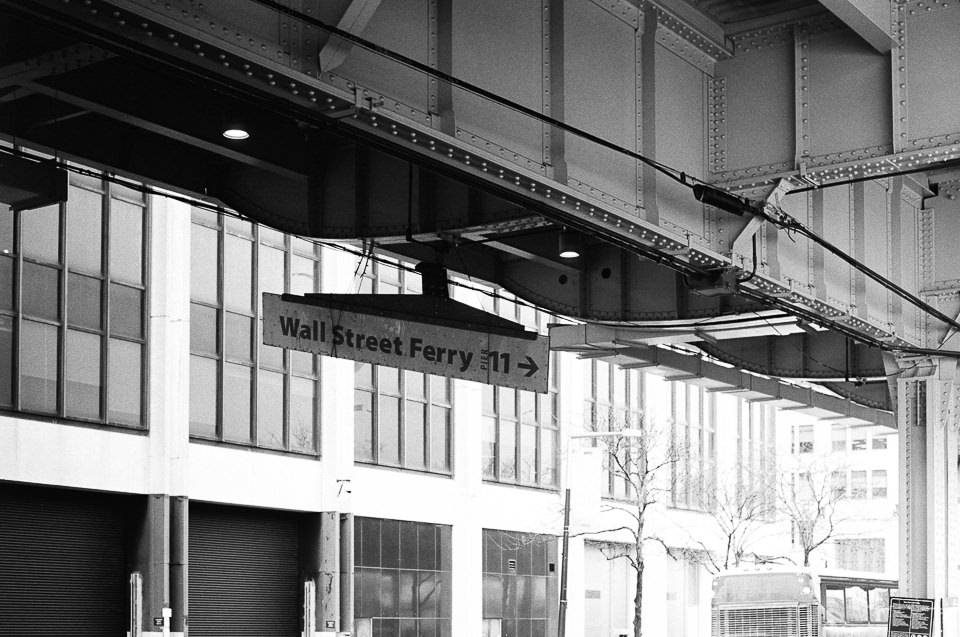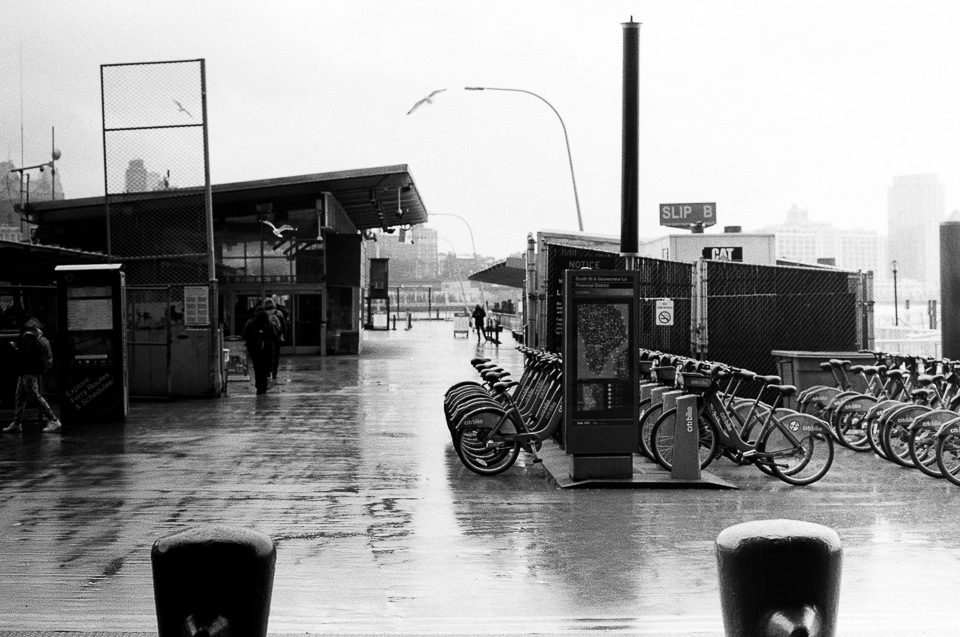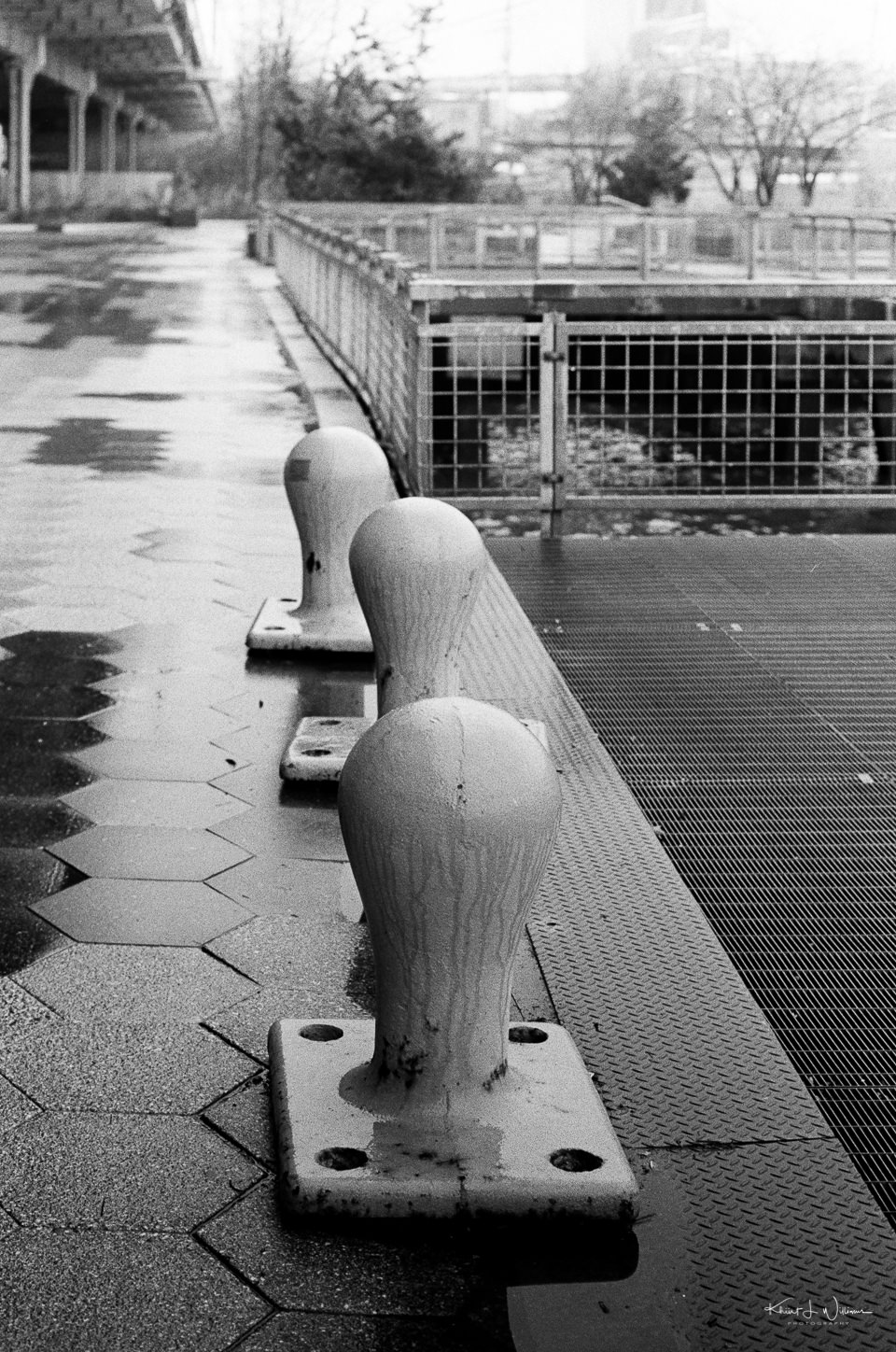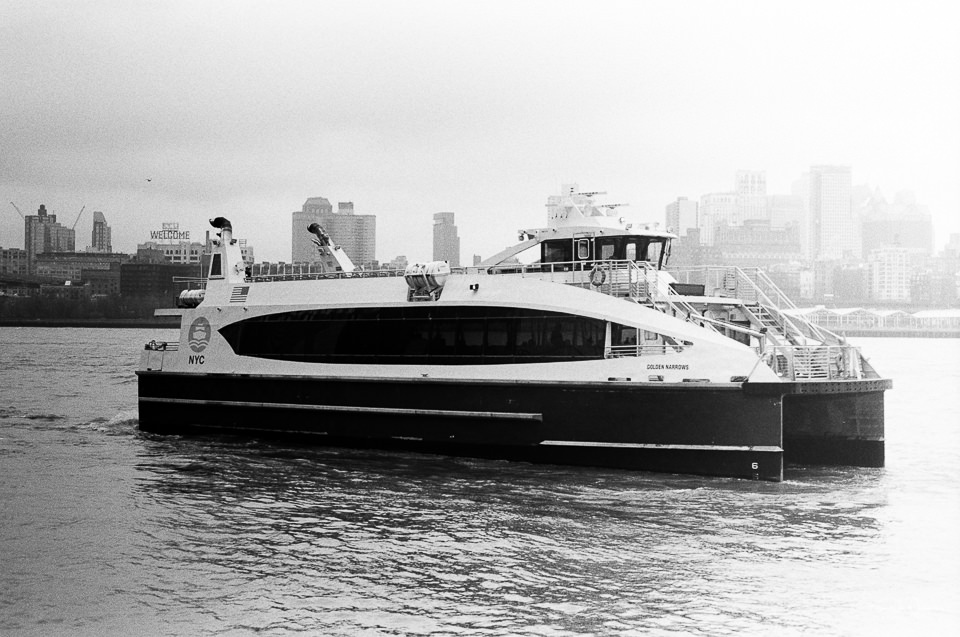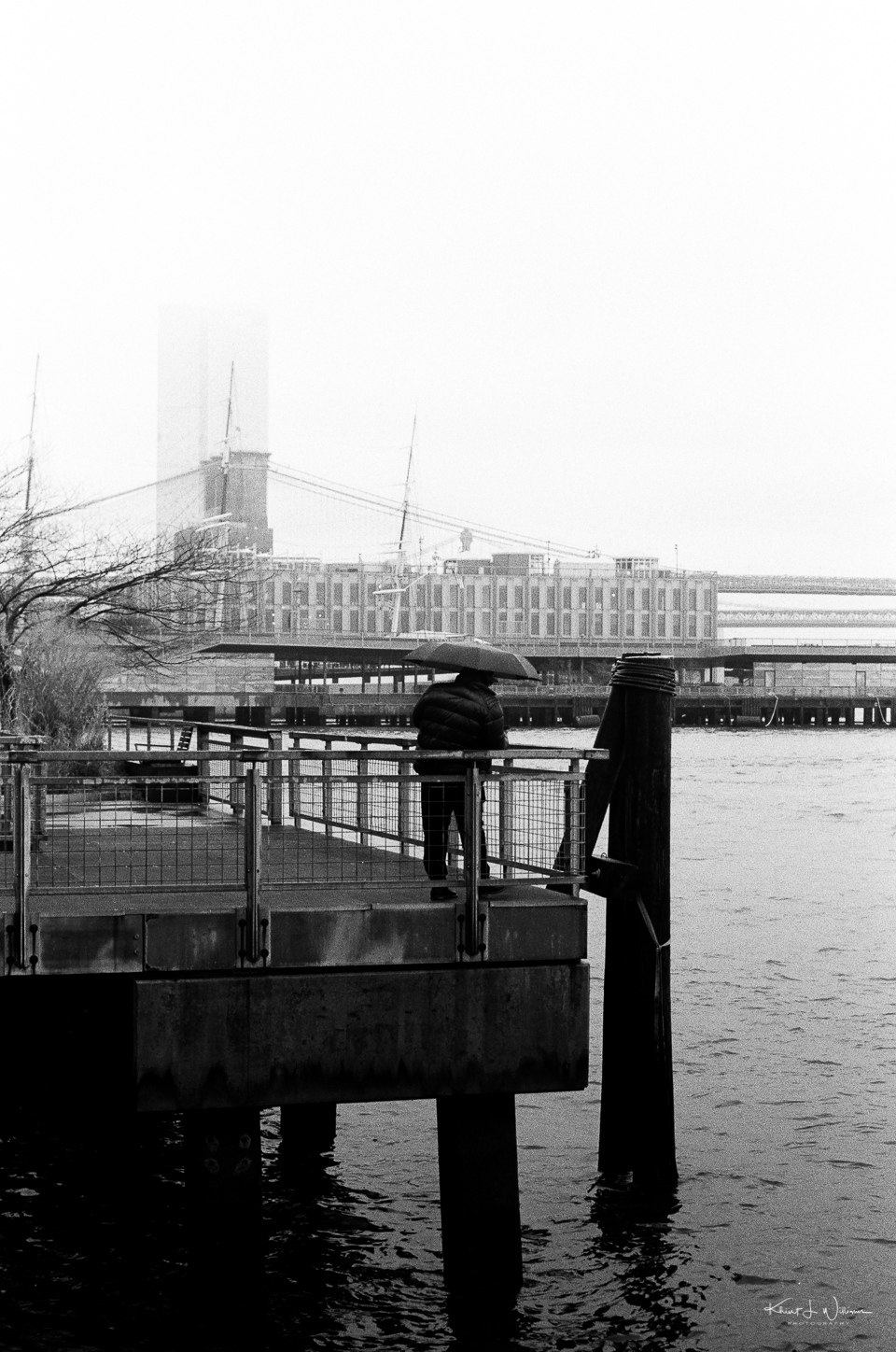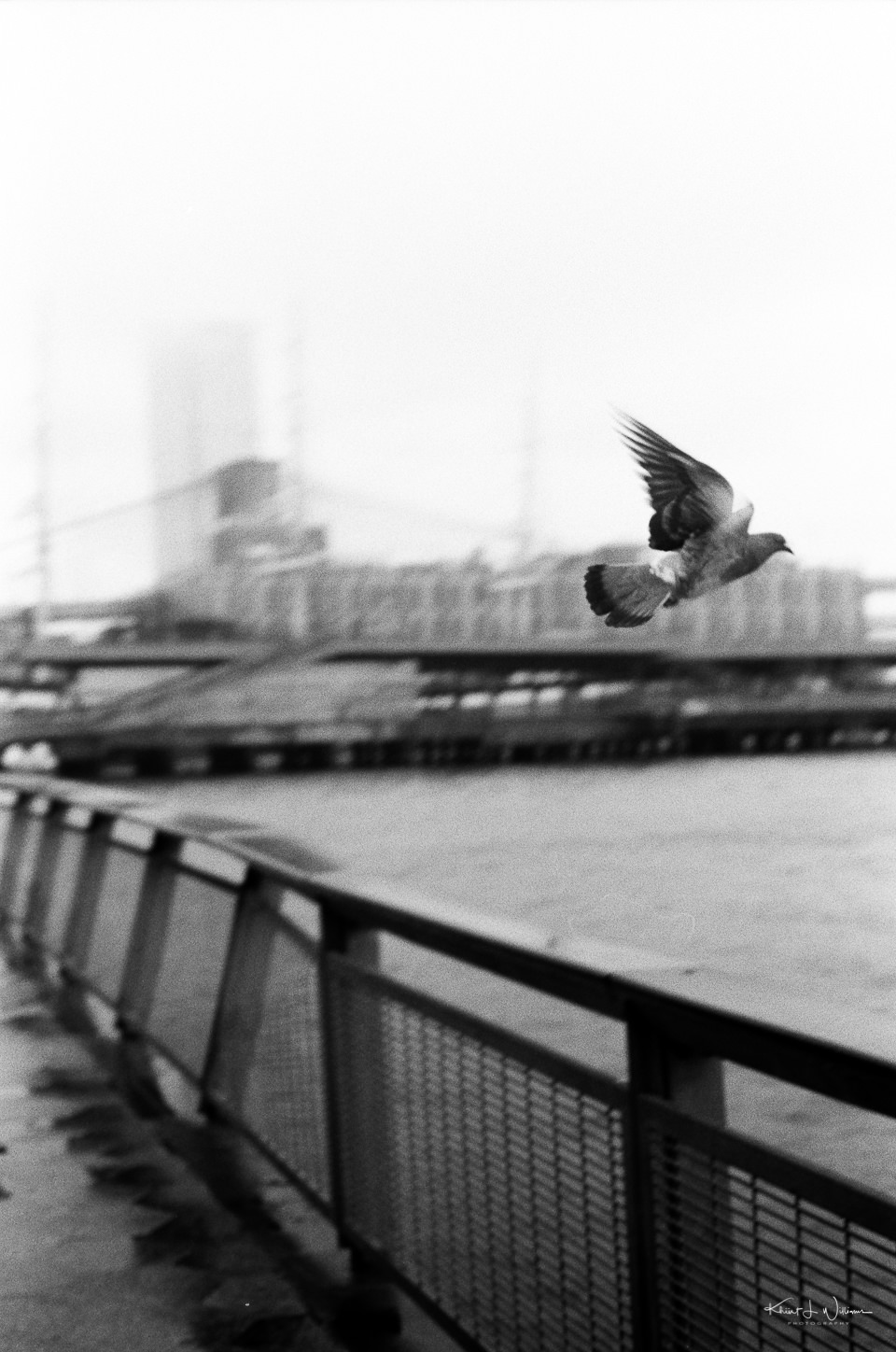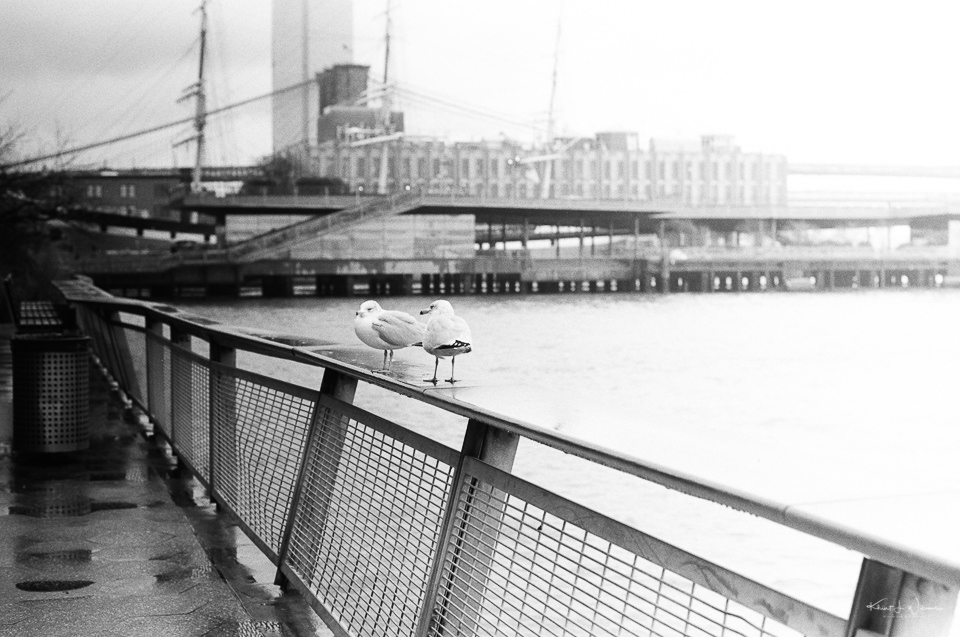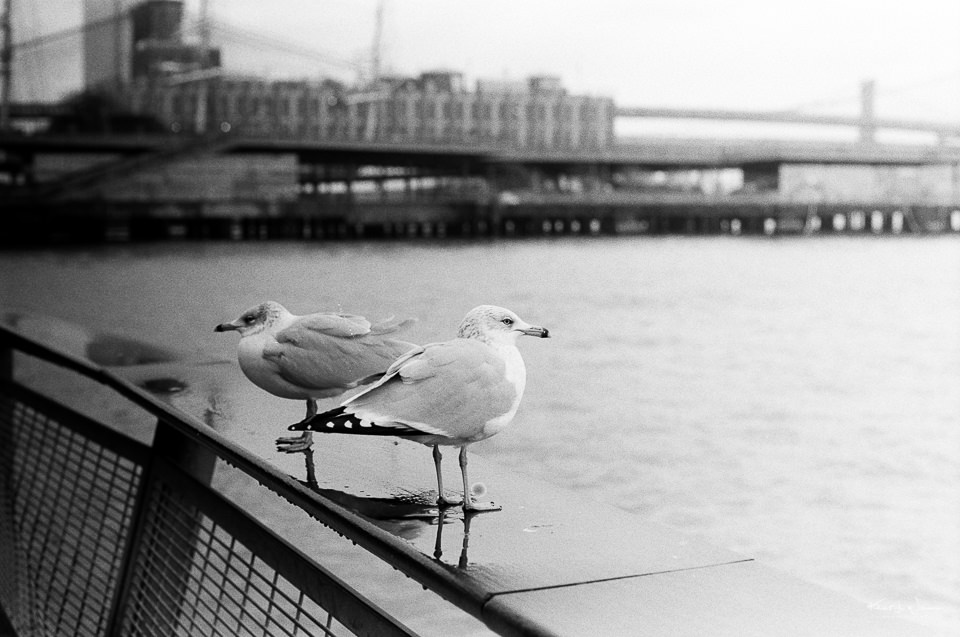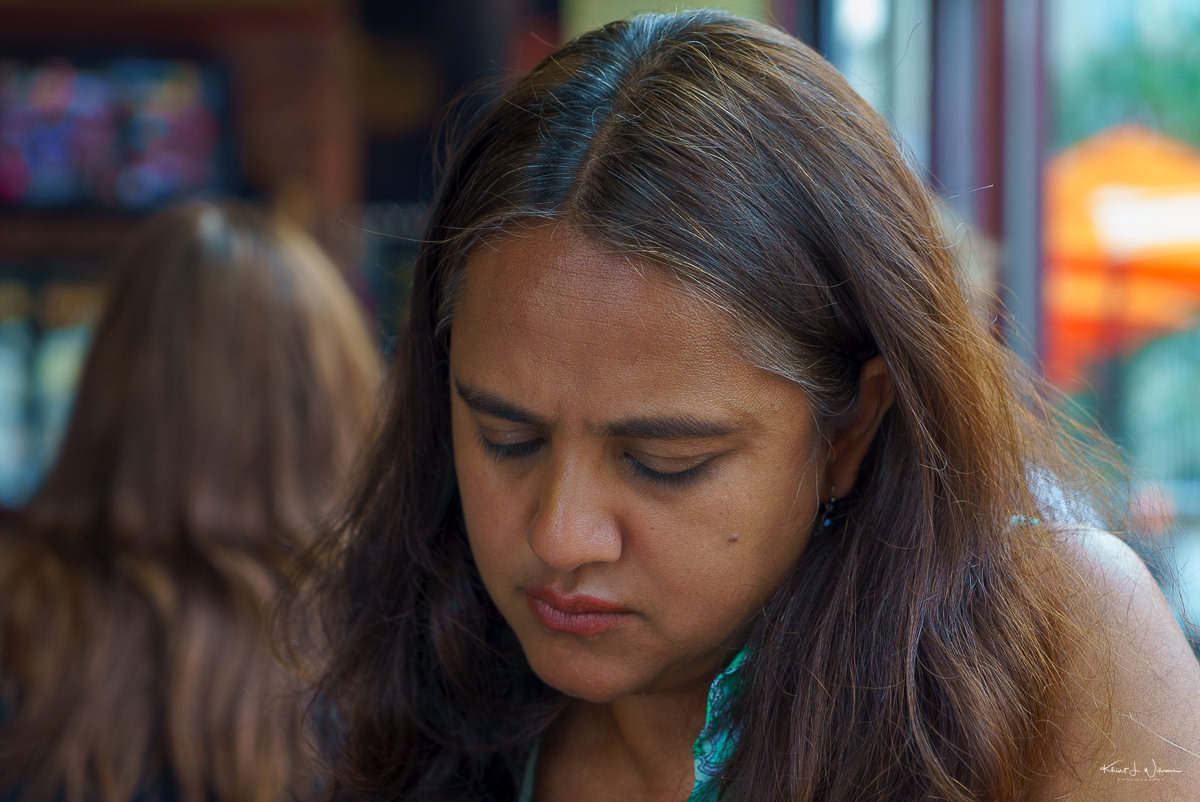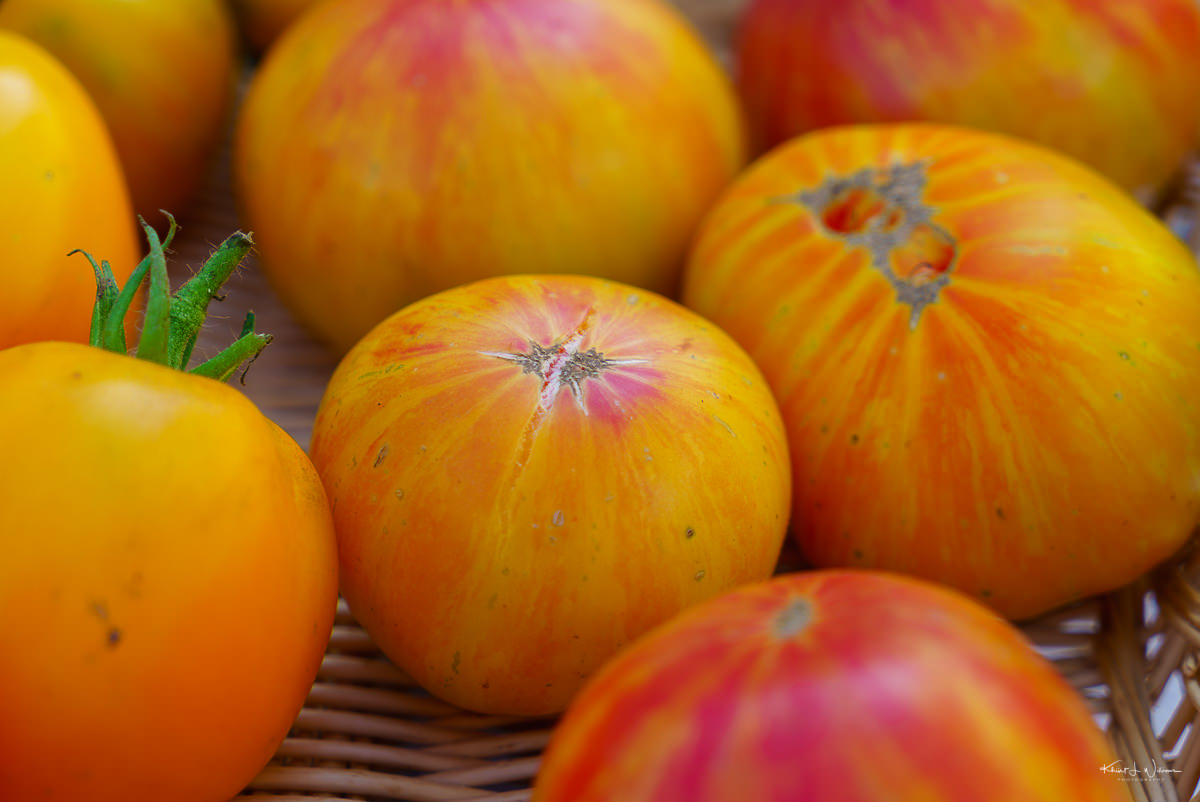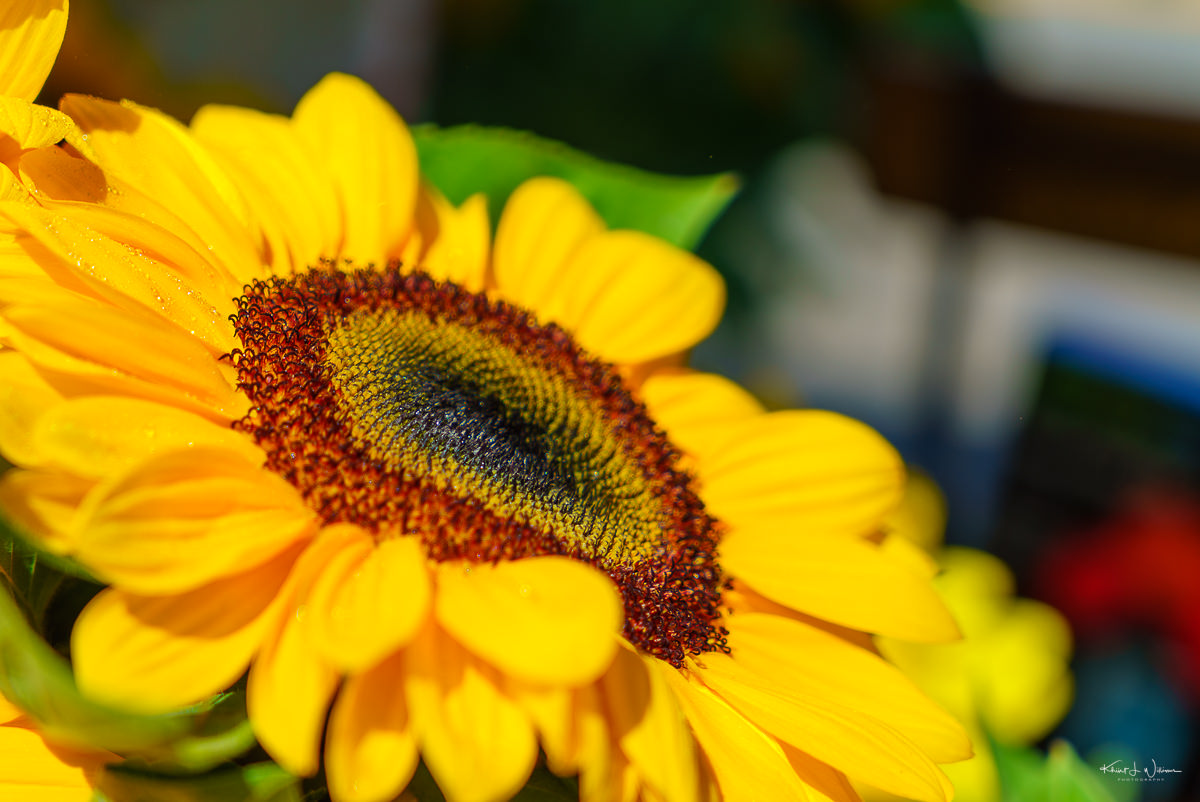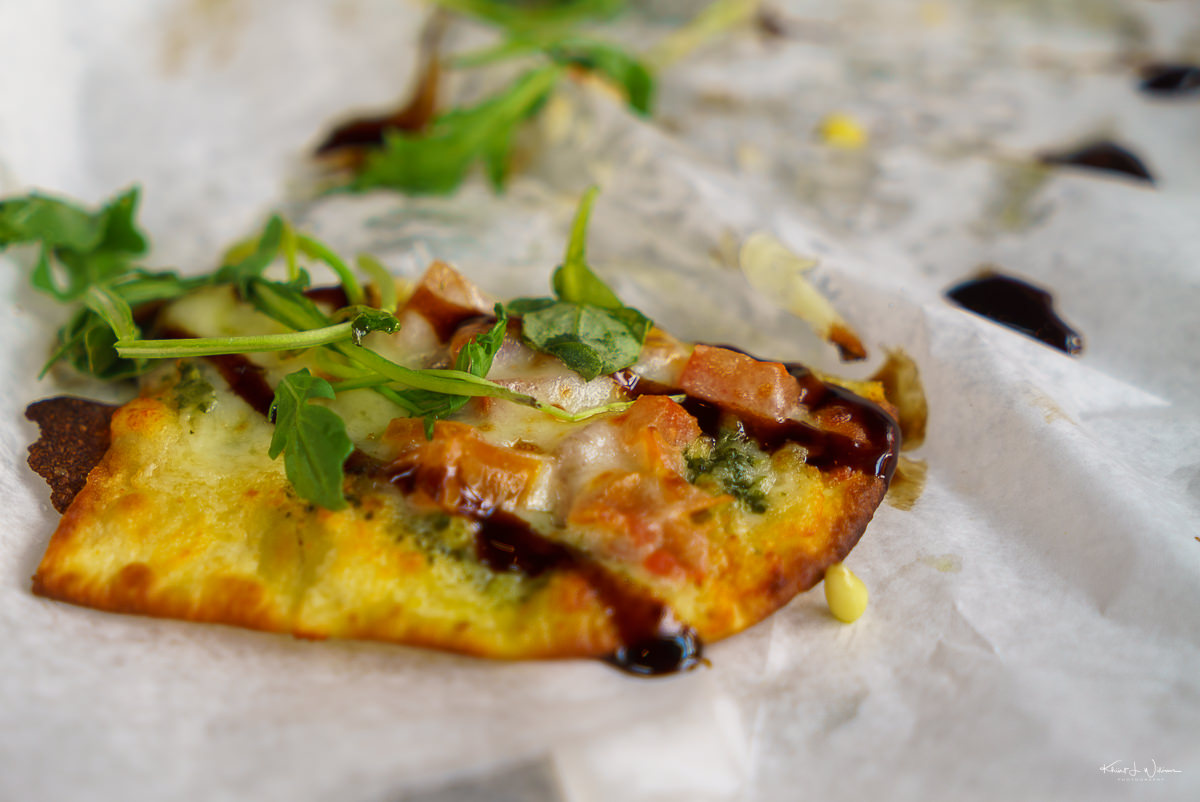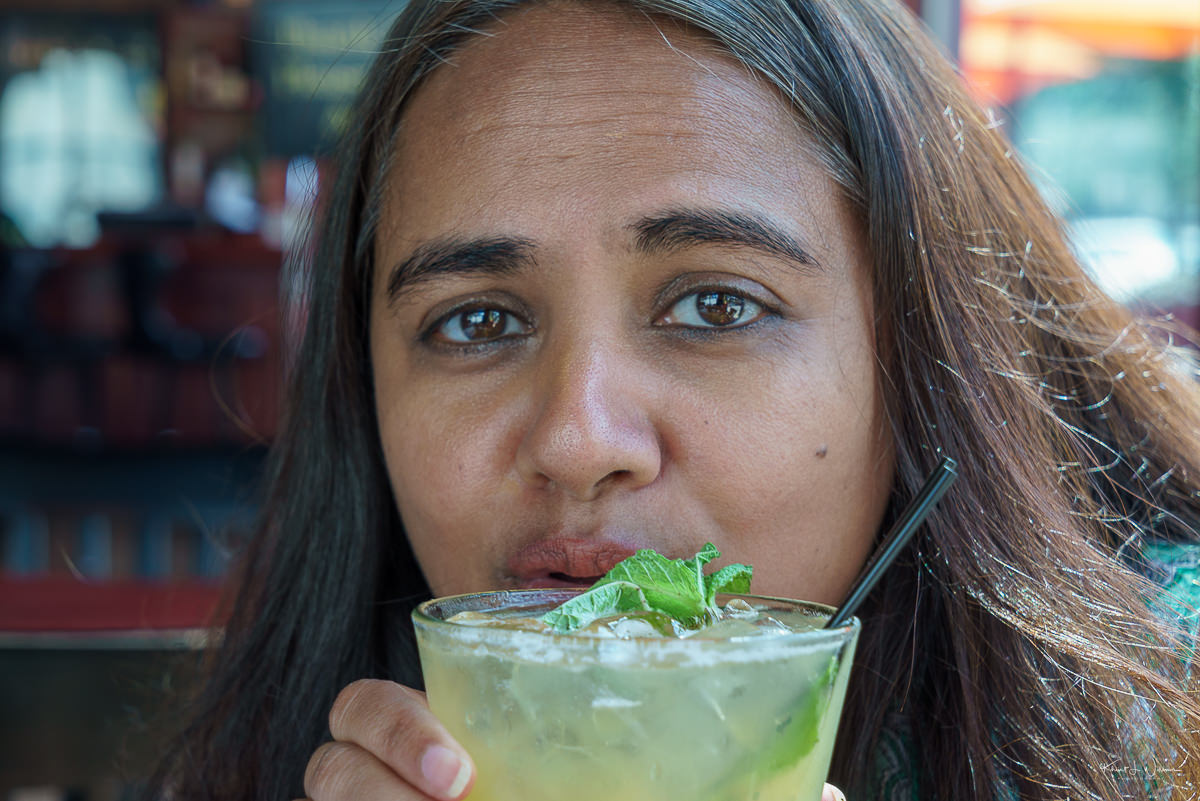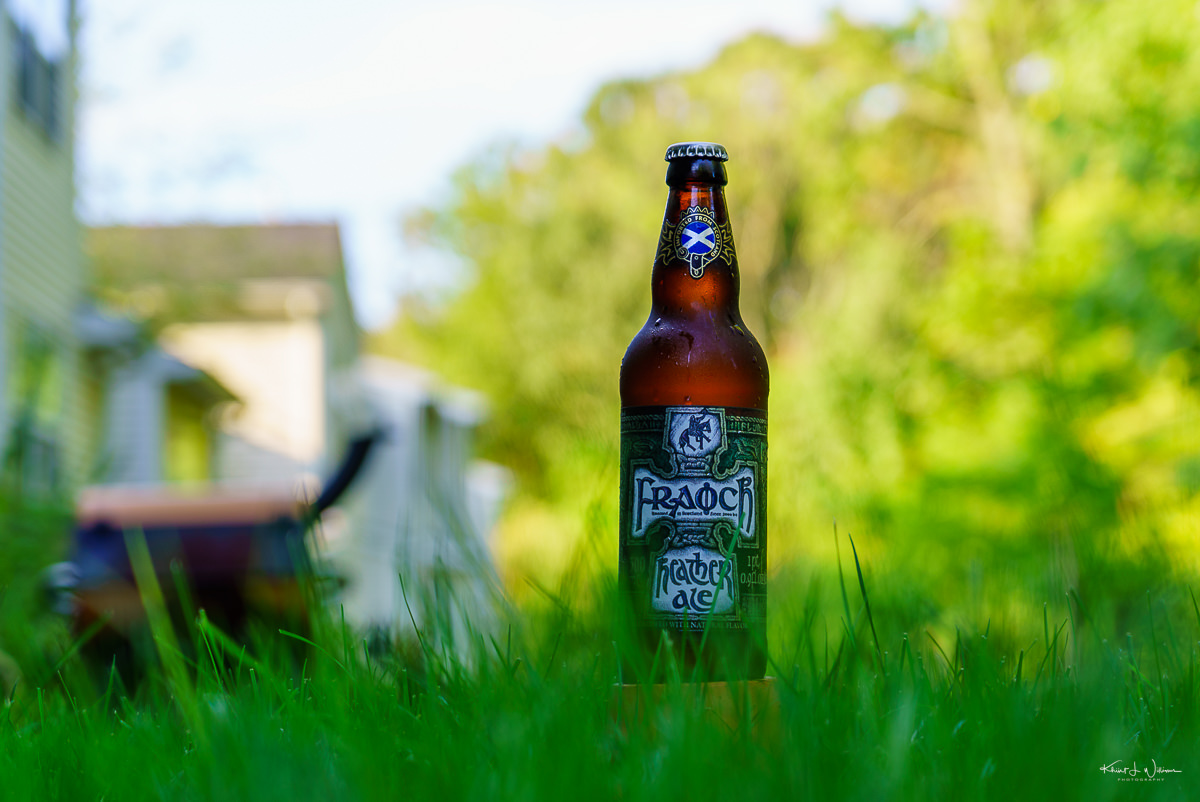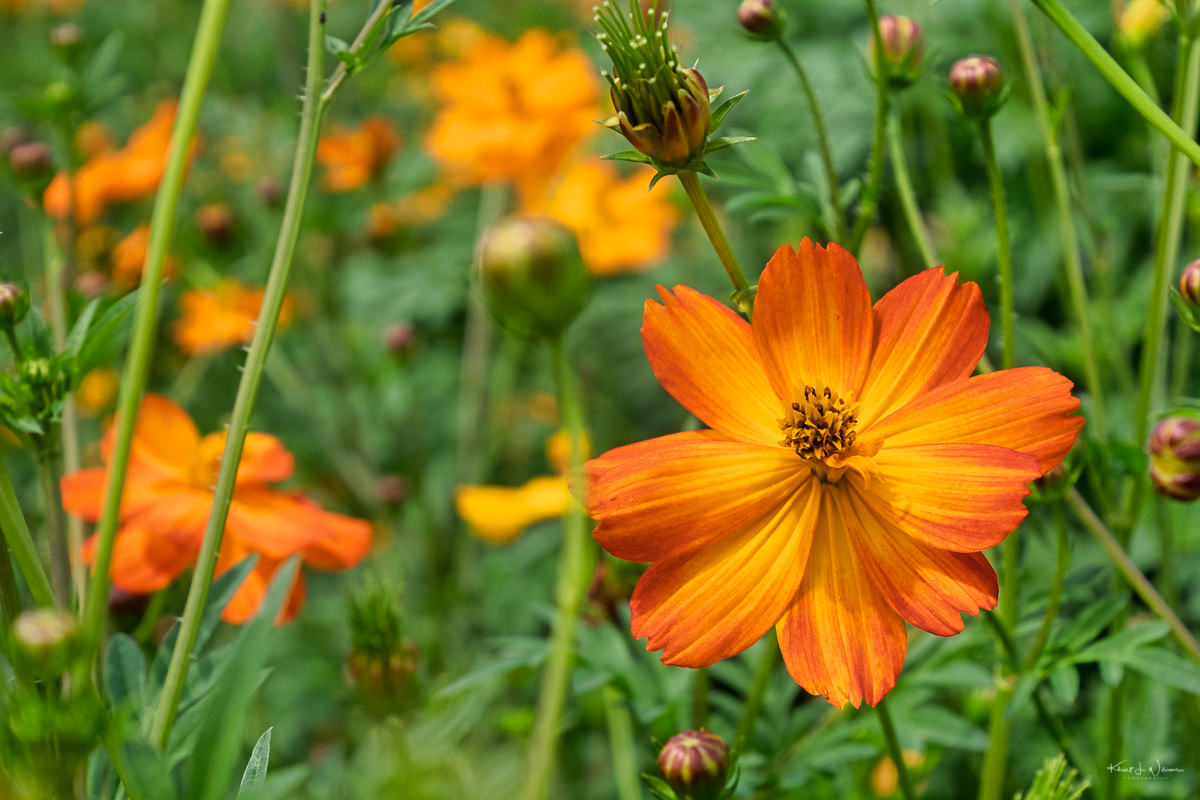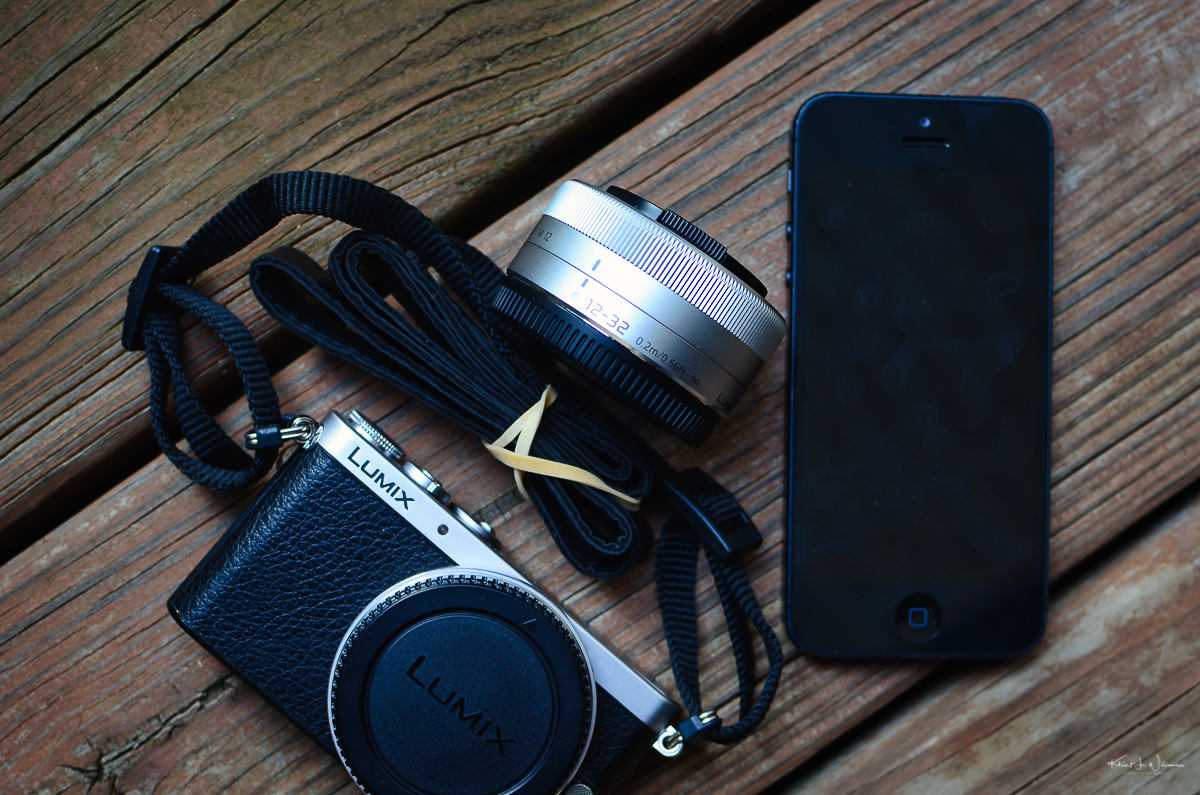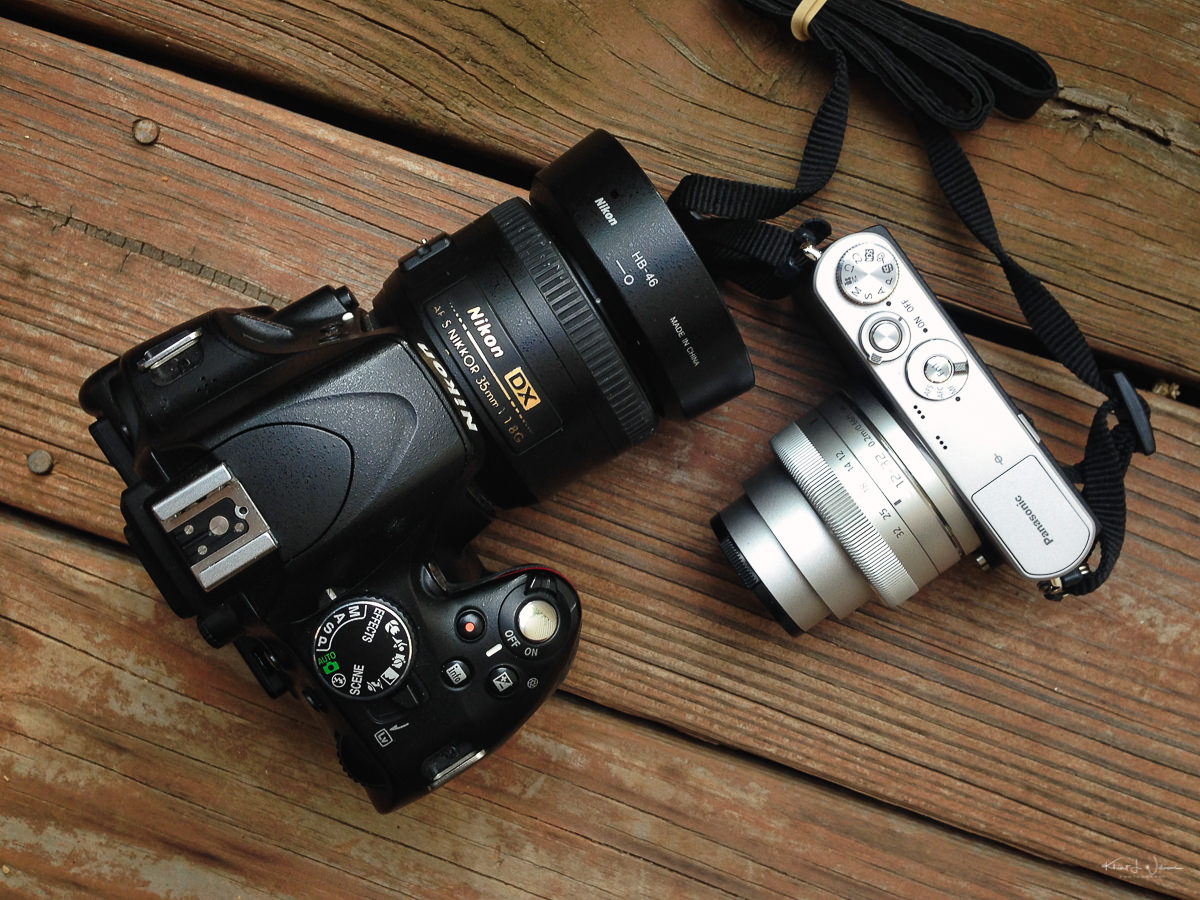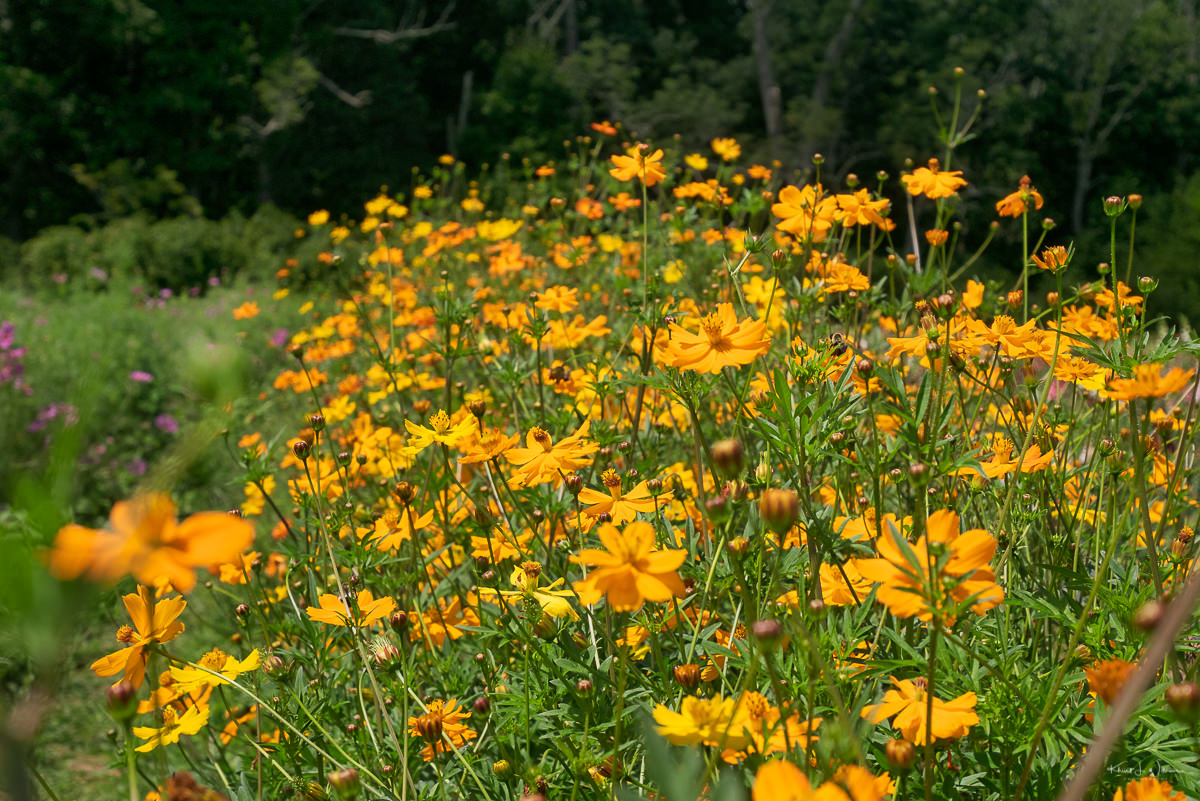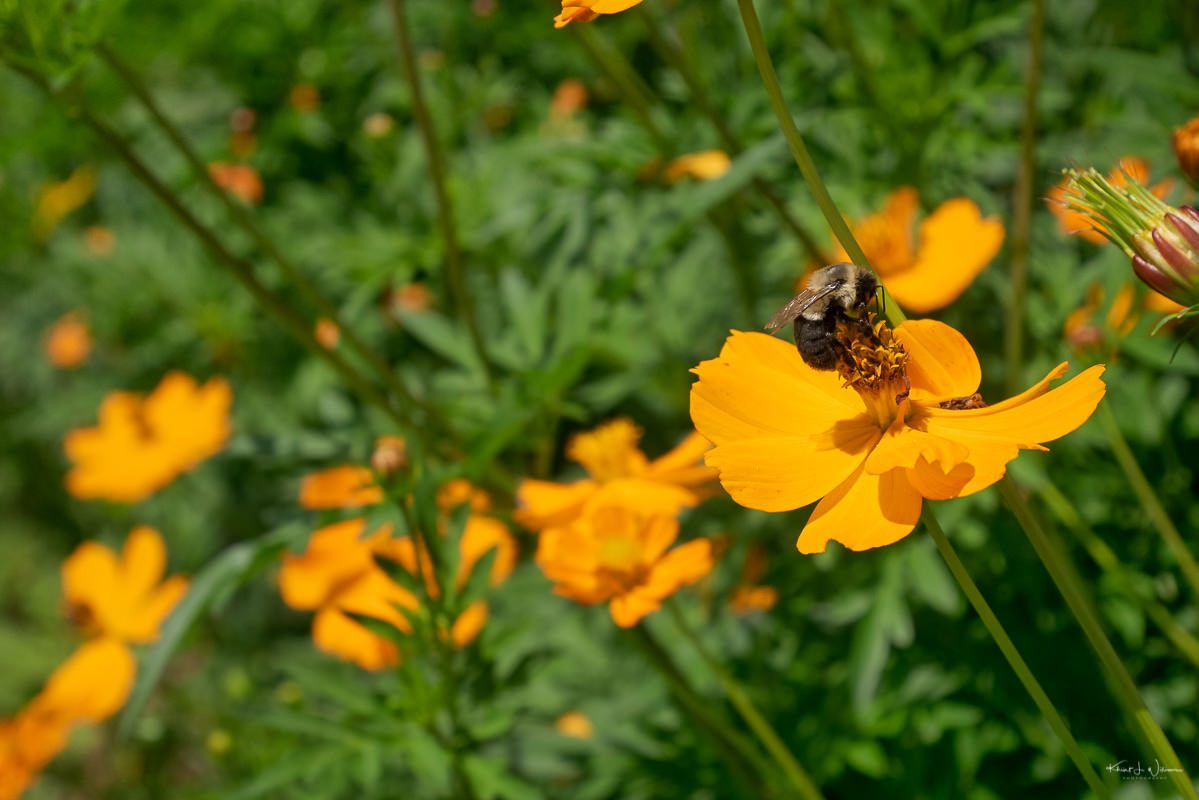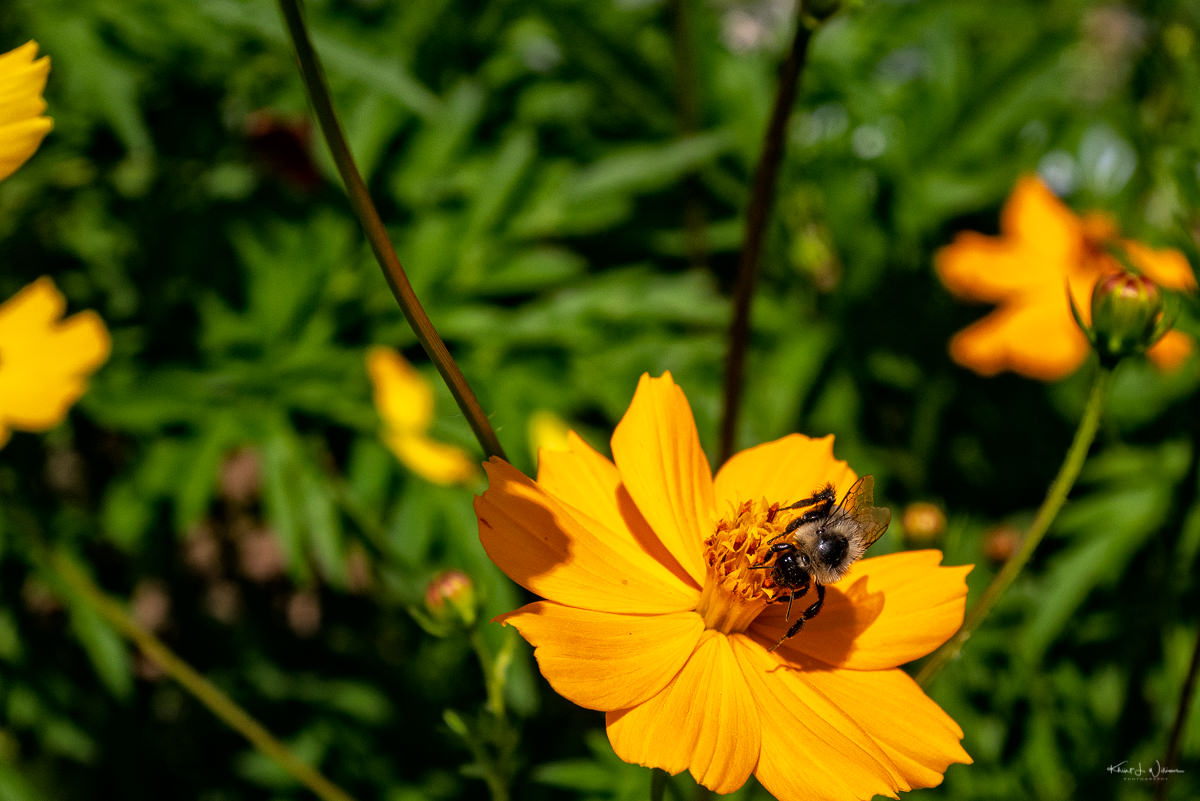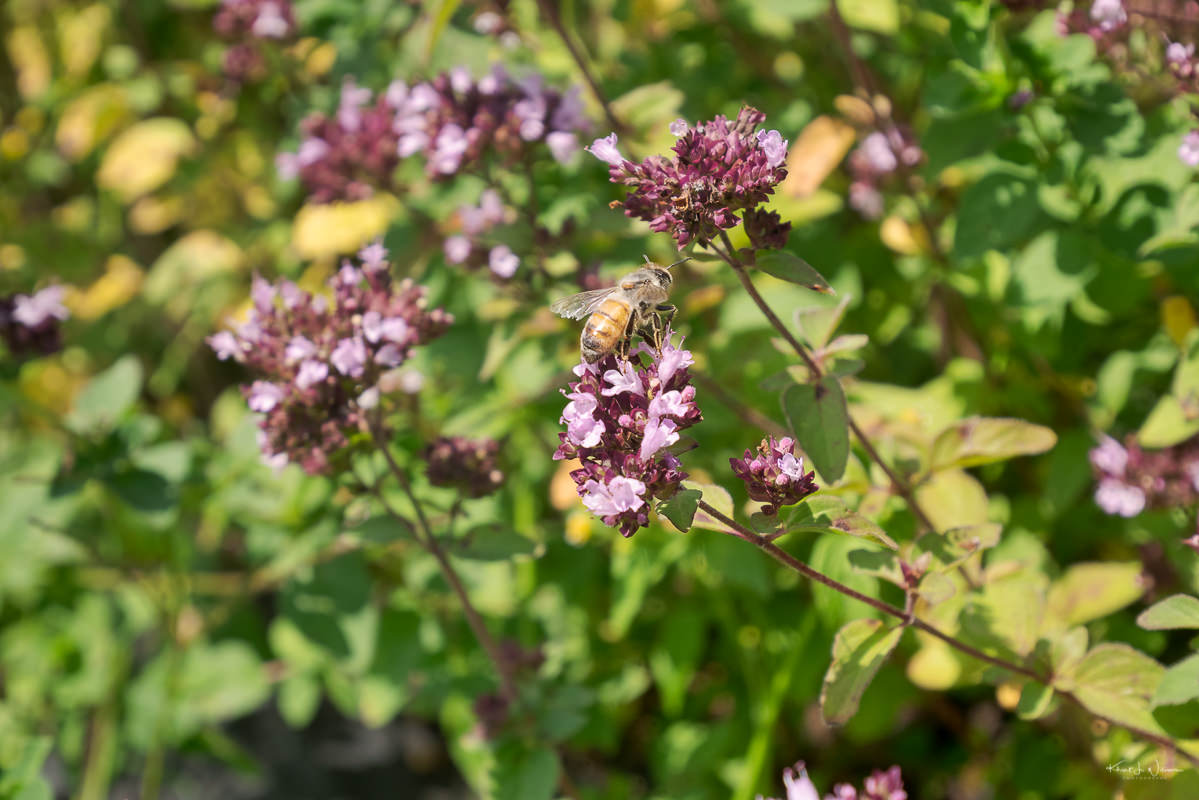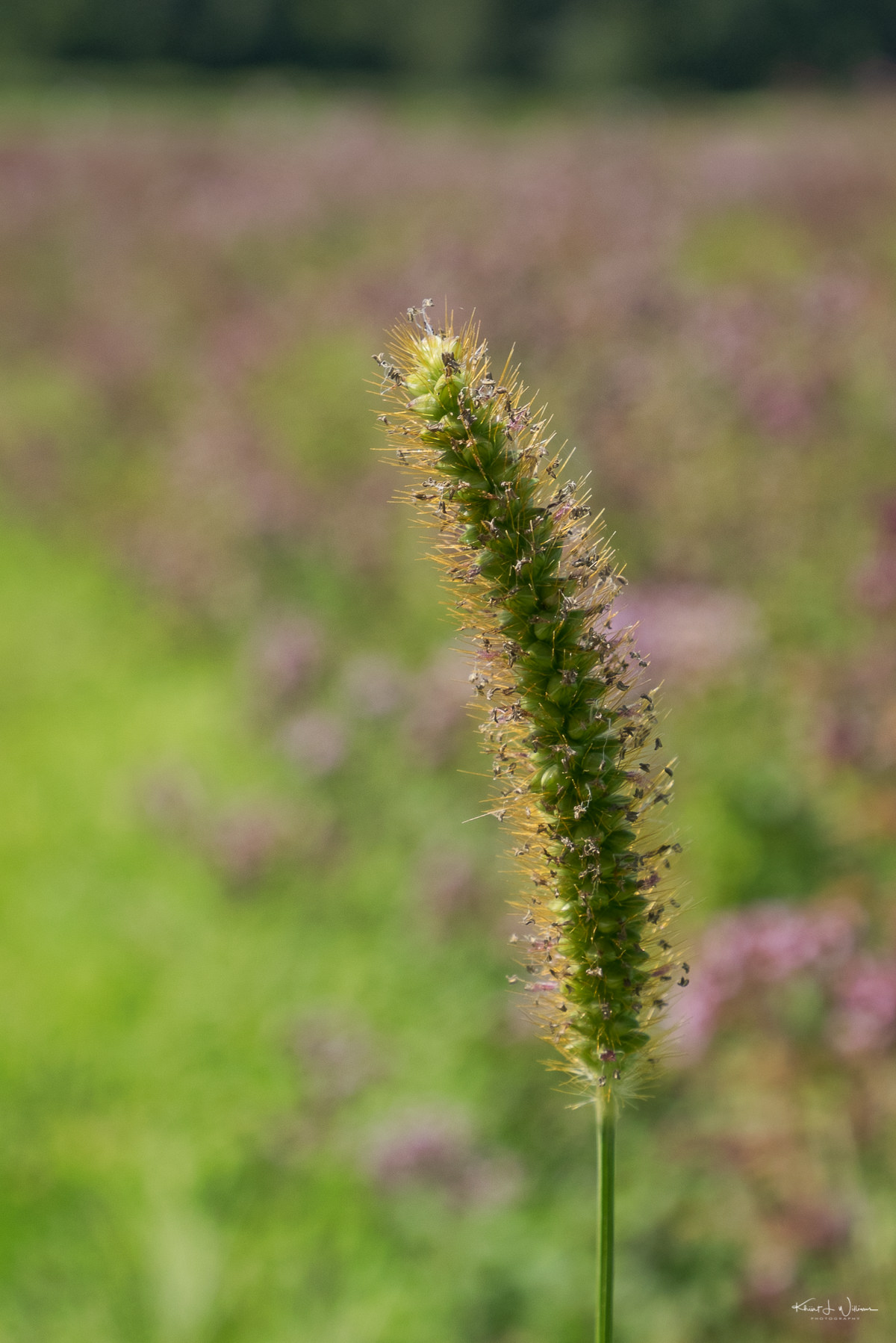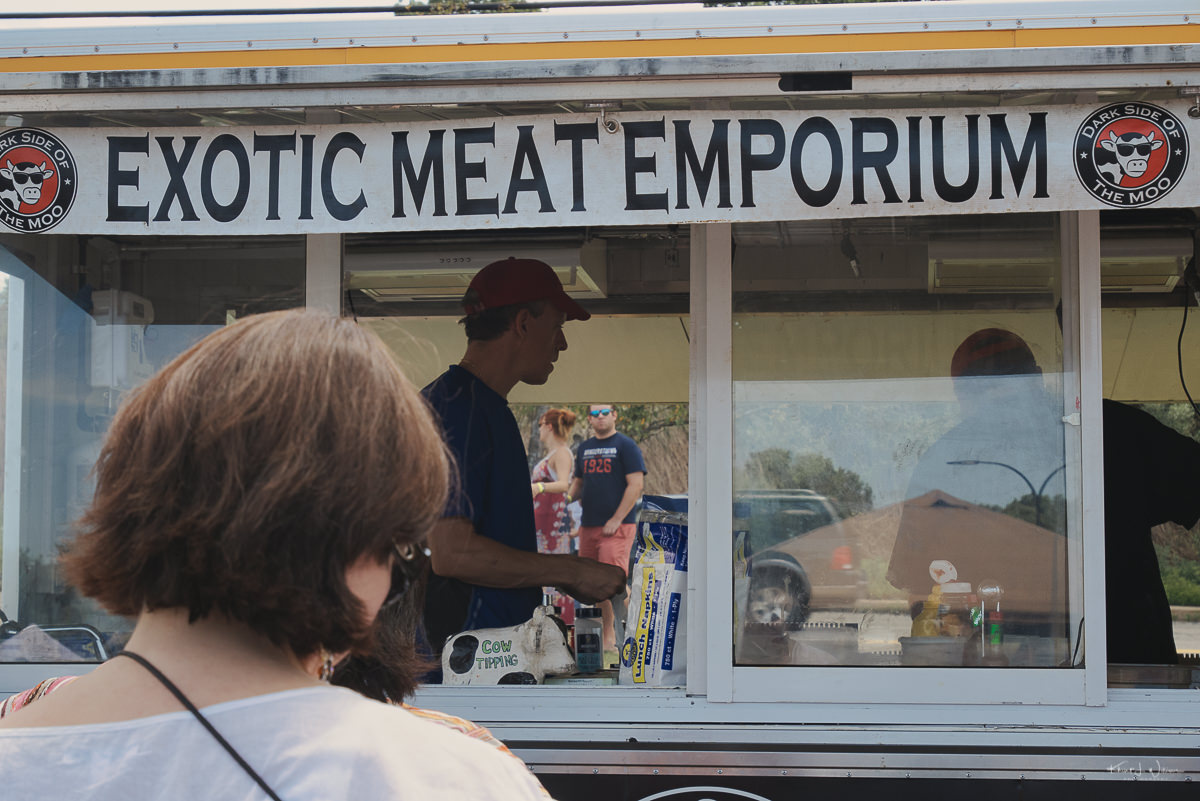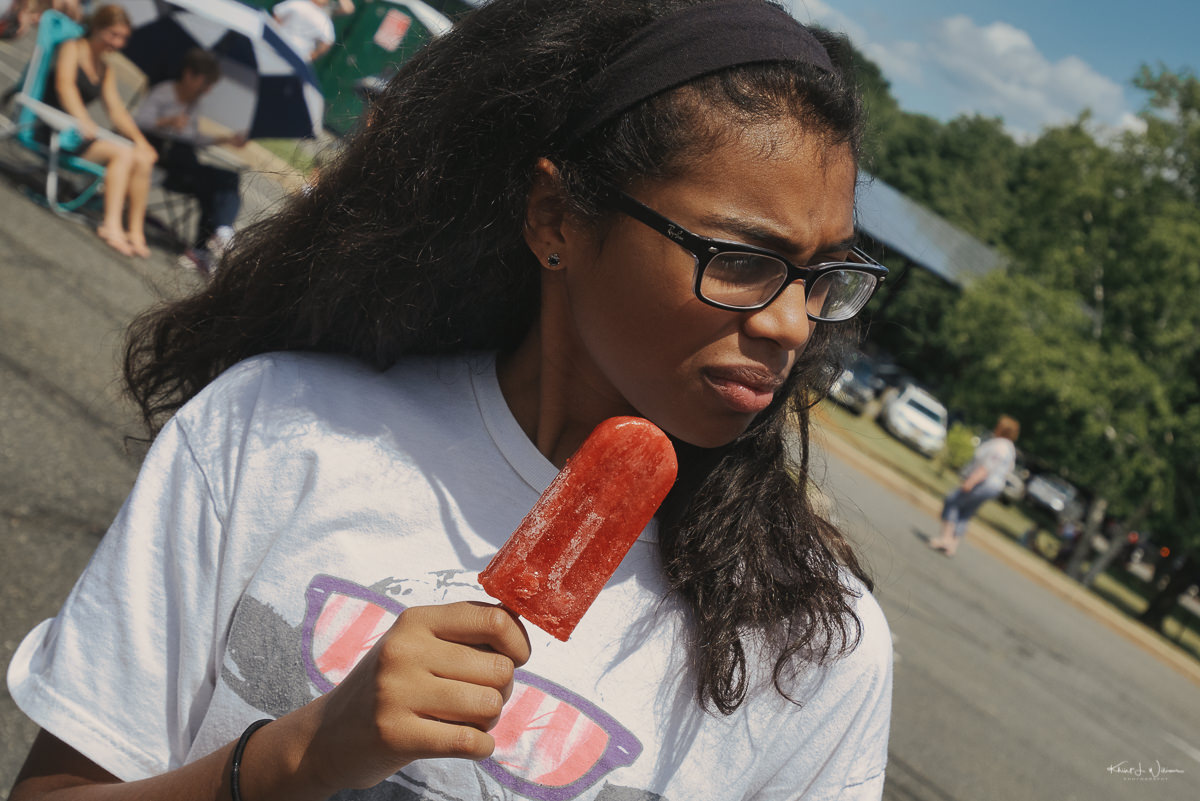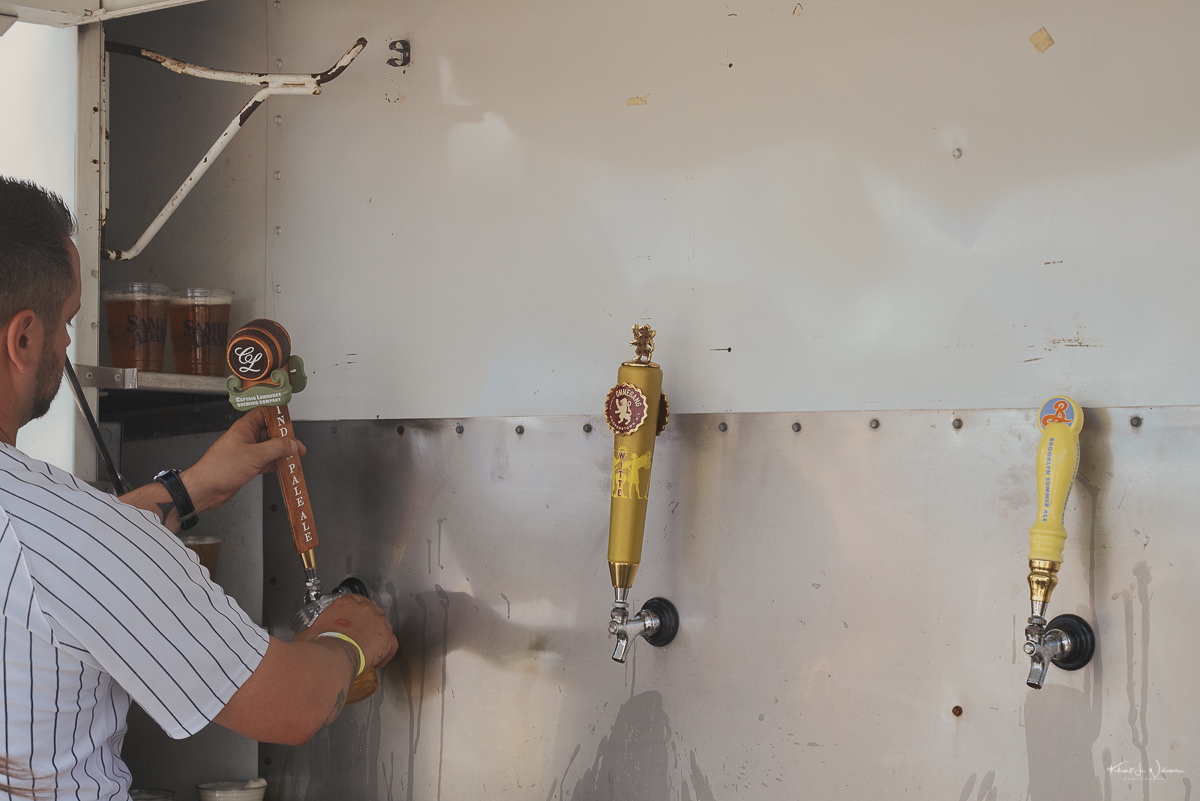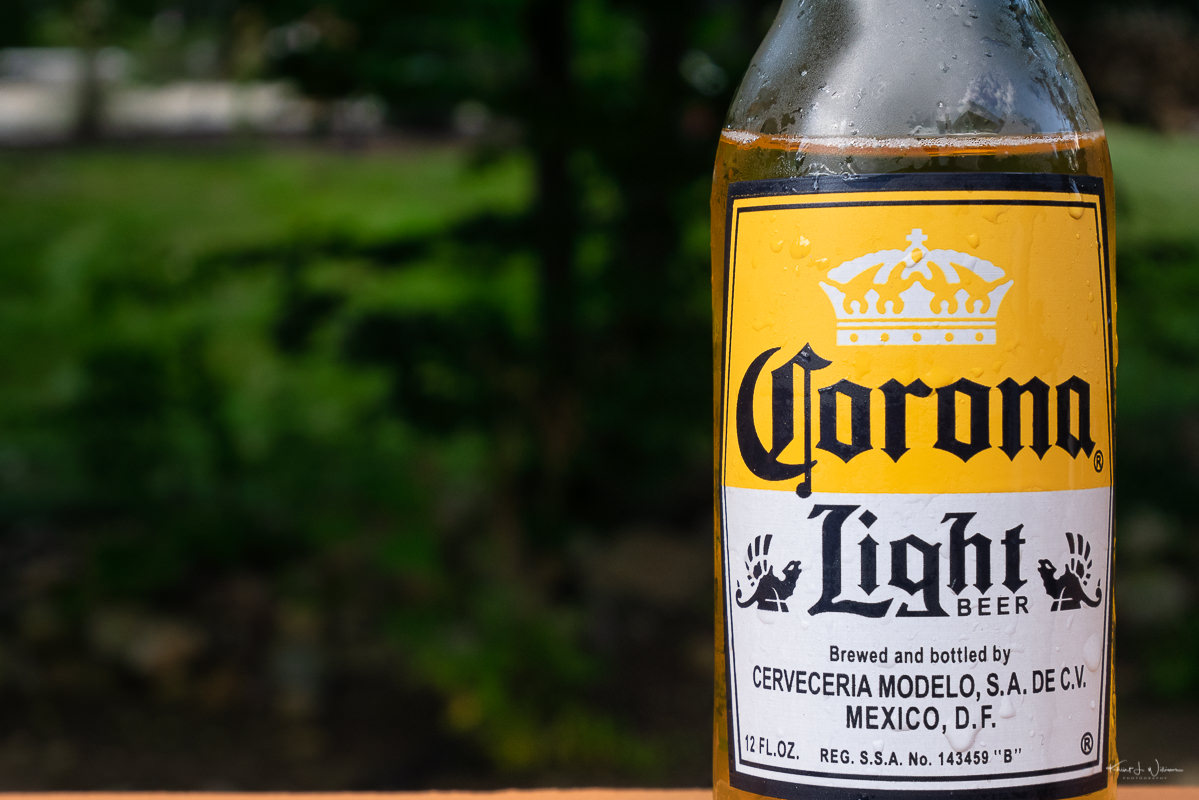NOTE: I'll begin this experience report with a brief disclaimer. It's been less than two years since I returned to shooting 35mm film after switching to digital photography over 20 years ago. I've inundated myself with as much film education as possible between web articles and advice from experienced film shooters. But, with my former experience way in past and limited recent experience, this review is coming from a relatively novice point of view.
UPDATE 13 April 2020: Hamish Gill of 35mmc suggested I may have a faulty shutter. In March, I had the camera CLA'd (Clean, Lube and Adjust) by Eric Hendrickson. Soon, I'll shoot another roll of film to see the difference.
This film is the second roll of Ilford HP5 Plus 400 that I developed and scanned at The Darkroom Lab. This Ilford HP5 Plus 400 roll was shot on my Asahi Optical Co. Pentax Spotmatic II and Asahi Optical Co. SMC Takumar 55mm f/2 lens.
Using the Asahi Optical Co. Pentax Spotmatic II camera was more challenging than using the Pentax P3. The Pentax P3 has a shutter priority mode, and my unit has a working light meter. When I shot using the Pentax P3 camera, I set the shutter speed to 1/250s, and the camera adjusted the aperture as needed. However, while the Asahi Optical Co. Pentax Spotmatic II has a working light meter, the plastic to move the lever broke, and the rest of the camera settings must be set manually. I used the Sunny 16 technique to estimate the shutter speed on the Spotmatic II to expose each Ilford HP5 Plus 400 frame properly. The Sunny 16 technique is something I only learned about relatively recently. I practised a little at home, but this was my first time using it in the field.
I took the Spotmatic II and a cartridge of Ilford HP5 Plus 400 to the client’s office building at Old Slip, about a block from Wall Street in Manhattan, and exposed some frames during my lunch hour. I walked around Front Street, Gouverneur Lane, and South Street. The rain was light which made for a challenging walk. I was concerned about the camera getting wet, so I walked across South Street and under FDR Drive along the East River Esplanade. It's an area I explored with my Fujifilm X-T2 last year using an Ilford HP5 Plus 400 film recipe.
Photography is the simultaneous recognition, in a fraction of a second, of the significance of an event as well as of a precise organisation of forms which give that event its proper expression.Henri Cartier-Bresson
I expected all my frames to be severely under or overexposed. The shutter speed of the Asahi Optical Co. Pentax Spotmatic II is limited to 1/1000s, but fortunately, it was a rainy, overcast (and cold) day in Manhattan. The images are slightly over or underexposed, but I'm pleased with the results. I feel proud I had the skills to use this old camera, but I want a small, handheld light meter to make metering easier. Given the shutter speed limitation, I have purchased a roll of ADOX Scala 100 for use in brighter conditions.
The images were developed and scanned by The Darkroom.

